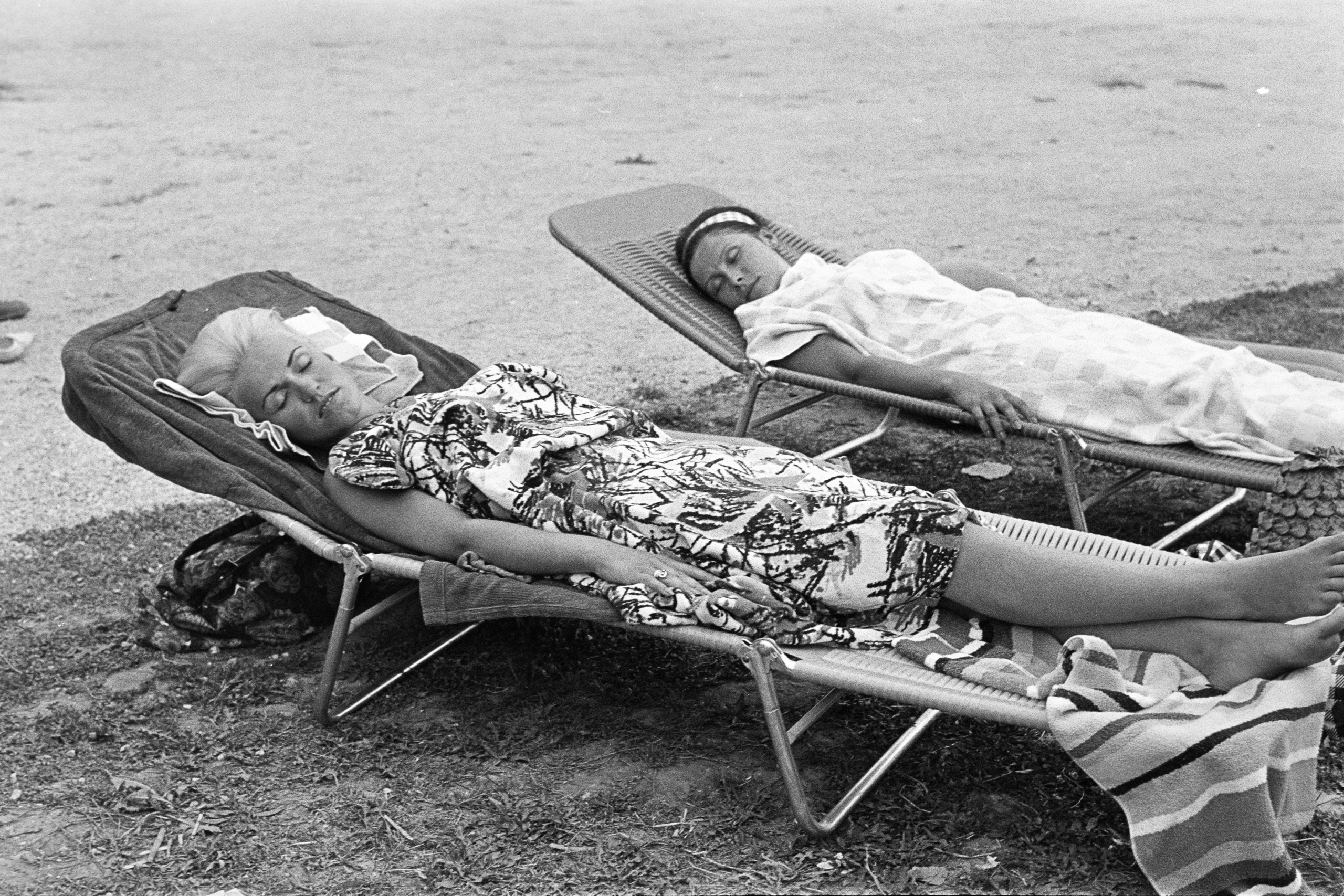You may know the “Chewbacca Defence” from the South Park cartoon series. Here is a similarly confusing defence, which we named after the national dish of Hungary.
The principle of acquiescence is meant to safeguard fairness and stability in commercial practices and trademark use. If a right holder becomes aware of the use of a later registered trademark and does not challenge it or its use within a certain period, the right holder will lose the right to enforce the earlier right against the later registered trademark.

The EU Directive and Regulation deal with acquiescence in respect of later registered trade marks. The CJEU has interpreted the defence to apply after five years of continuous use of a later registered trademark and positive knowledge by the owner of the earlier registered trademark. The EU Directive allows Member States to apply acquiescence to earlier unregistered rights. Problems arise where the later sign is not a registered trade mark, but simply an unregistered sign.
The ambiguous language of the Hungarian Trademark Act has led the Kúria (Supreme Court) to interpret the applicability of acquiescence in infringement proceedings in a way that seems to diverge from EU law. Article 17(1) of the Hungarian Trademark Act (“TMA”) regulates acquiescence in cases where the earlier and later marks are both registered trademarks. Article 17(5) TMA adds that acquiescence rules shall apply to earlier unregistered rights.
The question is whether Article 17(5) TMA allows unregistered rights to step in the place of earlier trademarks only, using the option granted by Article 9(2) of the Directive, or whether acquiescence can be a valid defence also for later unregistered signs.
In the case in question, the plaintiff’s trademark was registered in 2004, and the defendant had been using the same sign since 2001 as a domain name. In 2017, the plaintiff sued the defendant for trademark infringement. The defendant claimed that the plaintiff had acquiesced in the defendant’s use of the sign as a domain name, of which the plaintiff was undoubtedly aware.

The first and second instance courts rejected the defendant’s acquiescence defence and upheld the infringement claim. The Kúria annulled these decisions and accepted the defendant’s acquiescence defence. The Kúria stated that the defendant was the owner of a domain name, which was a unregistered right. It was not subject of the proceedings to ascertain whether the defendant could have successfully opposed (cancelled) the plaintiff’s (registered) trademark (application) based on its earlier use of the domain name resulting in an unregistered right. The Kúria held the mere chance of such successful action sufficient. Thus, the defendant’s domain name (considered as an unregistered right) was accepted as a later trademark and acquiescence was applied. With this decision, the Kúria opened the acquiescence defence to defendants using unregistered rights, which later rights are actually earlier than the plaintiff’s earlier trademark.
The Kúria did not specify in its decision when the five-year acquiescence period begins in cases where the defendant does not have a registered trademark, so the five-year period cannot be counted from the date of registration. It seems likely that if the defendant starts using its unregistered right before the registration of the plaintiff’s earlier trademark, the five-year period begins on the date of the earlier (= plaintiff’s) trademark’s registration.
What happens if the defendant’s unregistered right is later than the plaintiff’s earlier mark? According to the Hungarian civil law statute of limitations, claims are time-barred after 5 years, except for property claims. In IP jurisprudence, the statute of limitations applies only to pecuniary claims and not to non-pecuniary claims such as injunctive relief, which are considered to be property claims. Acquiescence could therefore be a very important line of defence for defendants who have used a sign for a long time, since limitation cannot save them on the merits. Well, it seems that in cases where the defendant’s unregistered right is later than the plaintiff’s earlier trademark registration, the defendant cannot rely on the acquiescence defence. The Kúria ruled in 2011 that where the defendant does not have an earlier unregistered right, meaning a right predating the registration of the plaintiff’s earlier trademark, the defendant cannot invoke the acquiescence defence. However, there have been cases where the court has found that there is no likelihood of confusion because of the long coexistence of the signs on the market.
The application of acquiescence based on later unregistered signs seems to negatively affect the rights in the earlier trademark, which could be seen as a breach of EU law. Or is this the right interpretation of Article 10(2) of the EU Directive (Article 9(2) of the EU Regulation): “without prejudice to the rights of proprietors acquired before the filing date or the priority date of the […] trade mark”?
A heads-up for parties to request a preliminary ruling from the CJEU.
_____________________________
To make sure you do not miss out on regular updates from the Kluwer Trademark Blog, please subscribe here.


